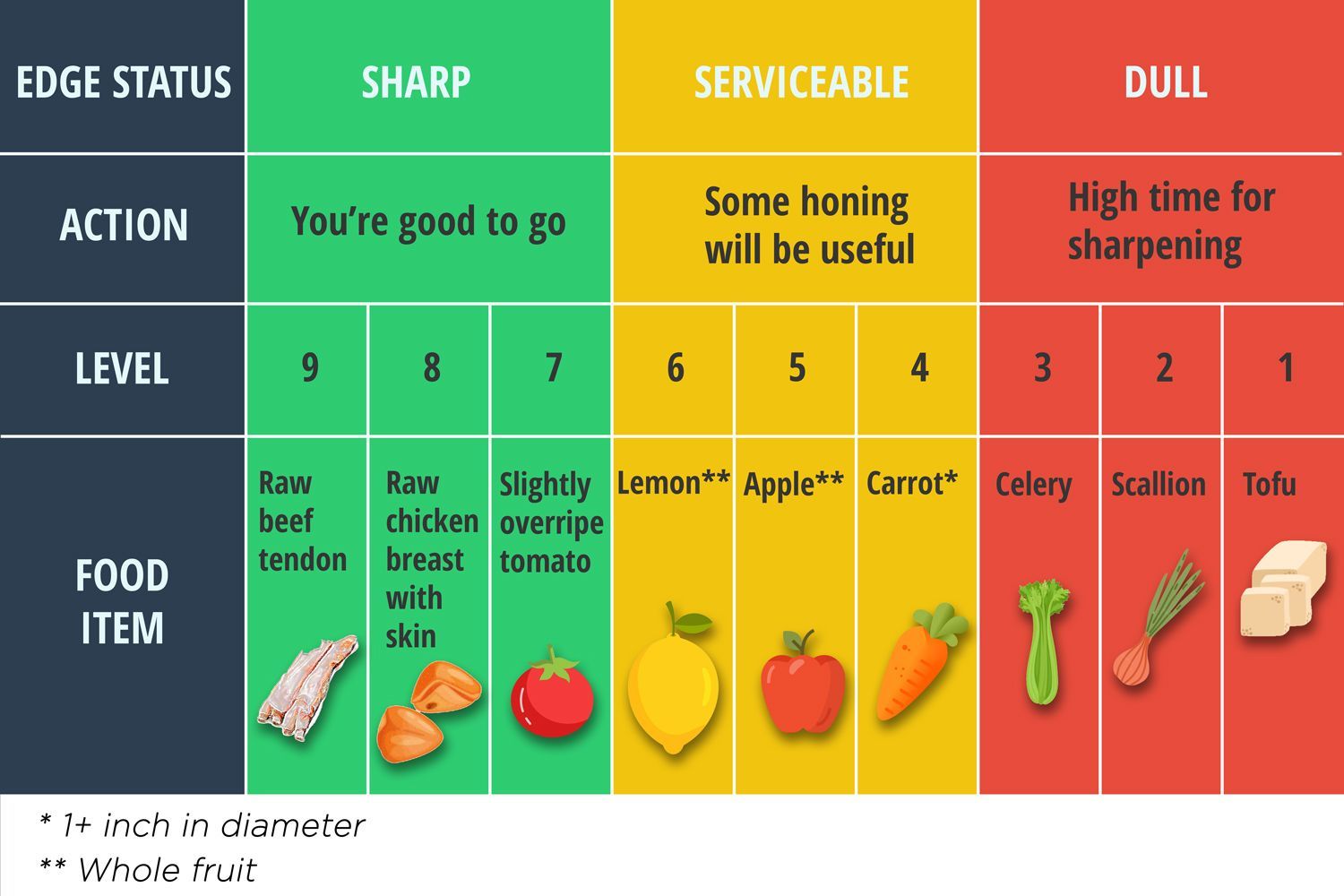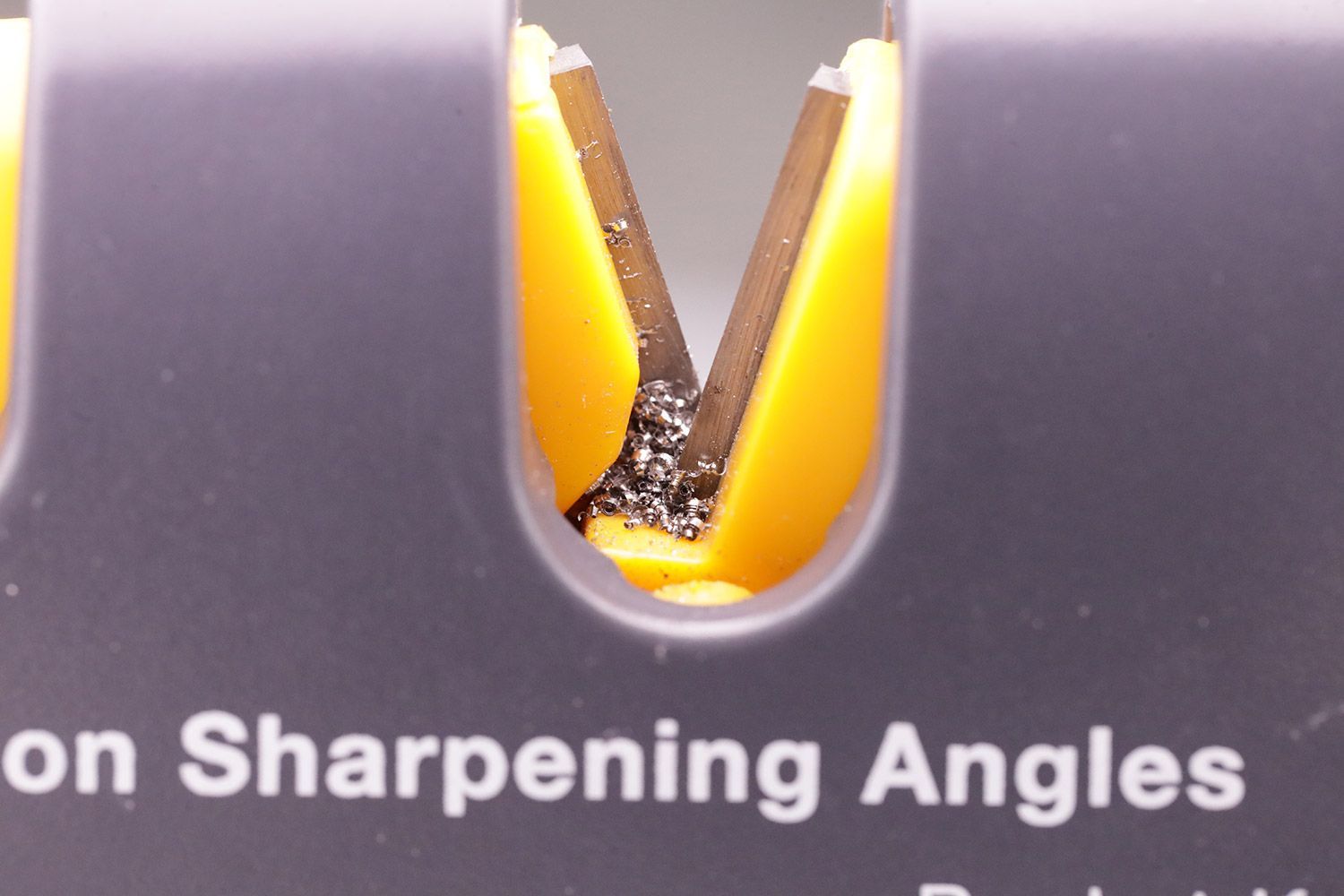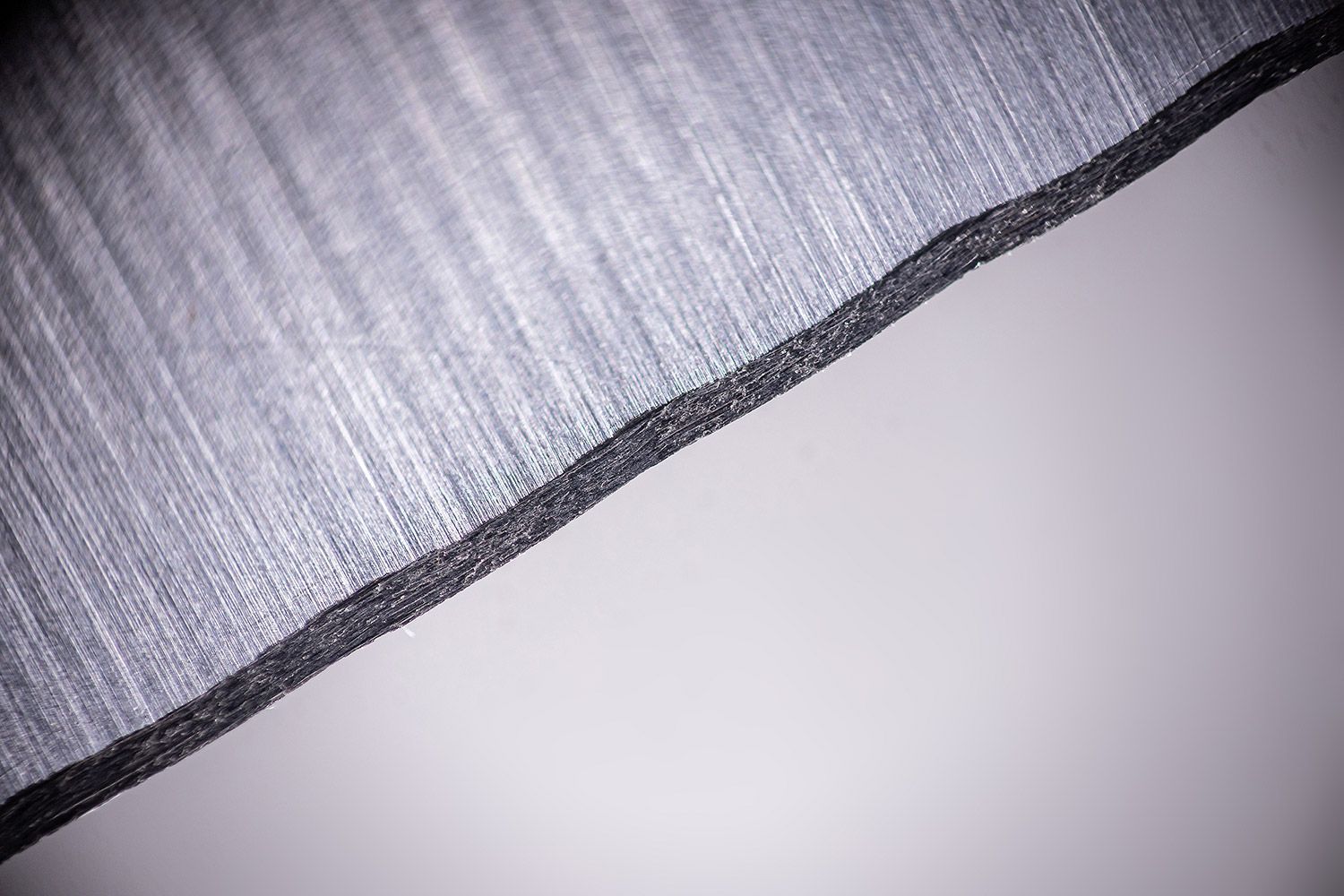Our recommendations are made independently. We may receive commissions from purchases made via our links.
Time to Reach Workable Sharpness for Manual Knife Sharpeners
We test the amount of time it takes to sharpen a chef’s knife to a serviceable level, which is a crucial criterion to consider when buying a handheld device.
This test is part of How We Test Manual Knife Sharpeners v1.1
This test is aimed at finding out how much time it takes for a sharpener to bring a knife from completely dull to a workable level of sharpness.
Why Time to Reach Workable Sharpness Matters
Apart from price and ease of use, convenience is an important criterion when buying a knife sharpener—arguably the most important one when it’s a handheld sharpener. Many people prefer these devices because they work quickly and are simple to use. Home chefs can fix up their blades quickly and get back to food preparation ASAP.
Obviously, the faster a device can sharpen, the more desirable it is. That’s why we decided to test how long each sharpener takes to bring a knife to serviceable sharpness.
Since this is such an important factor, we assigned it 35% of the Performance score, which in turn makes up 50% of the total score for handheld devices.
How Sharp Is ‘Workable Sharpness’?
We picked the upper end of Serviceable Sharpness on our Practical Sharpness Scale, level 6, as the benchmark level of proficiency.

Level 6 — the ability to slice through a whole lemon — is a good benchmark for utility in the kitchen. Lemons have tough, slippery skin and hard seeds amid soft flesh. It’s challenging to cut through a lemon in one swift motion without applying a lot of pressure. If your knife can do that, it should be able to handle most other food-preparation tasks with ease.
“Why not a higher level on the scale?” you may be wondering.
We learned from experience that most handheld devices take significantly more time to reach higher levels on the Practical Sharpness Scale. Because Level 6 is sufficient for almost all tasks, choosing a higher benchmark would not be very meaningful. In the end, it’d defeat the purpose of a handheld sharpener in the first place, which is to save you some time to focus on cooking.
What’s New in v1.1
In Methodology v1.0, we spent similar amounts of time on each of the sharpening slots, moving from Coarse to Medium to Fine, as suggested by most manufacturers in the manuals.
The problem with that method is that in reality, we found that the finer slots do not improve sharpness to a noticeable extent. In fact, it felt like they actually blunt the knife at times. The sharpening time can be cut much shorter if we focus on getting the edge sharp with the coarser stages and use the fine stages only sparingly for polishing it.
That’s what we do in this updated version of the test.
Many handheld devices, despite having the same stages of sharpening, actually have different arrangements for the slots. For example, the Cubikook starts with diamond coated rods, which is labeled the “Coarse” stage, moving on to tungsten carbide blades (Medium) and then ceramic rods (Fine). For the exact same slots, the tungsten carbide blades make the first, aka “Coarse”, stage on the Wamery.
So we decided to ignore the slot names and spend the most time on the slot that removes the most material from the knife — usually, it’s the tungsten carbide blades. The prep and/or polishing slots are used for 15 seconds each, if applicable. This way, sharpness is more achievable and the knife edge still gets the fine-tuning it needs.
Test Equipment
Here’s a list of what we use to conduct the test.
- Sharpening device
- 8-inch, 20-degree-bevel chef’s knife
- Sandpaper
- A4 paper
- Fresh lemons
- Clock app for recording the time
The Steps
Step 1. We blunt a knife by running it across sandpaper for 60 seconds and then test it on a piece of A4 paper to make sure it is as blunt as we expect. We try to achieve the same level of bluntness across all the test knives.
Step 2. If there’s a prep stage, we run the knife through it for 15 seconds. Then, we run the knife through the coarsest slot of the sharpener for 30 seconds, followed by blocks of 5 - 10 seconds until the edge looks and feels reasonably sharp. We try the knife on print paper for sharpness, and if it passes, we then run it through each of the finer slot(s), if applicable, for 15 more seconds.
Step 3. We try the knife out on a lemon.
The sharpening time is noted through the entire process.
Scoring
With regular maintenance, your knife should need between 30 - 60 seconds on a manual sharpener to reach a desirable sharpness. Because we deliberately blunt our test knives on sandpaper, we picked 60 seconds as the benchmark.
If a sharpener takes 60 seconds to bring a knife to lemon-cutting capability, it gets the maximum score of 10. Every extra 5 seconds beyond that translates to a decrease of 0.4 point.
If the knife can cut through the lemon in one motion but the cutting feels heavy, the score is deducted by 0.5 point.
Any sharpener that takes more than 175 seconds receives a score of 1 point.


